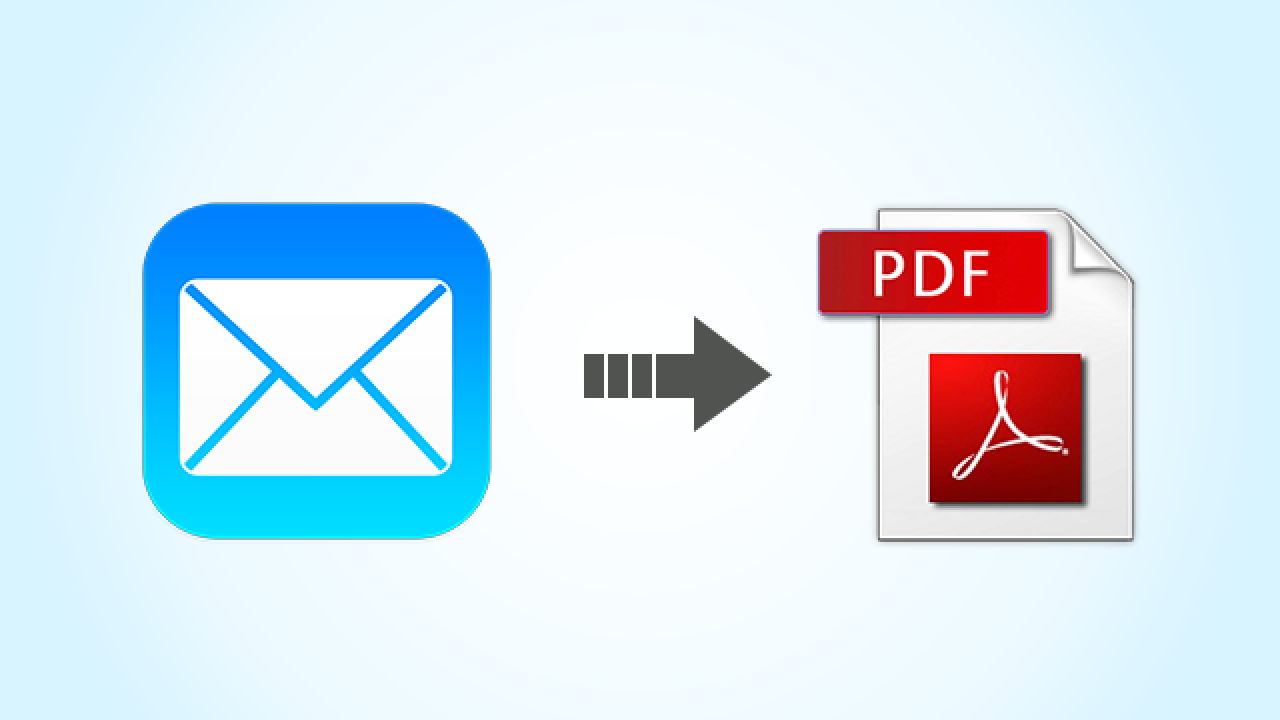In the age of digital email has become an essential element of communication. Gmail is one of the most popular platforms. It can be difficult to organize and manage emails. The ability to save emails as PDF can be a wonderful method to share and save important messages.
Why save Emails in PDF format?
Before we go into the how-to, let’s understand the significance of saving emails to PDF. PDF, also known as Portable Document Format is a widely used file format known for its adaptability and its compatibility across devices. Converting your emails into PDF produces a snapshot that maintains the original layout and format of your email. This makes sure that crucial data is kept intact and allows for sharing.

How to save a single Email as PDF in Gmail
1. Open the Email Login to your Gmail account. Click on the email you would like to convert into a PDF.
2. Click the Print Icon. Find the icon that is for printing (usually the printer). To open the print dialog, click it.
3. Choose ‘Save as PDF’ as the destination: In the print dialog box select “Save as PDF” from the list of printers available.
4. You can adjust the settings prior to saving. This includes the size of paper and orientation, layout, etc.
5. Click “Save”: Click on the “Save” and select the destination folder for saving the email.
Your Ultimate Guide for Seamless Conversion
Once we’ve walked through the basic steps Let’s look at additional suggestions and considerations to enhance your experience while saving emails as PDFs in Gmail. For more information, click Save Email to PDF
Organize using Folders: Create dedicated folders for each category, to maintain a systematic approach. As an example, you may have folders to organize work-related emails as well as personal correspondence. Or specific projects. These folders make it easy to find emails by saving them as PDF files.
Gmail’s batch printing option allows you to choose multiple emails to print in one go. This can be useful when you want to archive whole conversation or project threads.
Name Conventions: Create an identical naming scheme for all PDFs that you have saved. Include information like the sender’s name, the topic or date, in order to locate specific documents.
Make sure that PDFs are password-protected when they contain sensitive information for added security. This ensures only authorized users have access to the PDF, thereby providing another layer of security.
Cloud Storage Integration: Consider the option of integrating your Gmail account with cloud storage services. You can save your email directly as PDFs on platforms like Google Drive. This allows users to access them at any time.
Conclusion
In the end, being able to save emails as PDF within Gmail is a valuable ability that can enhance your management of emails and organizational capabilities. Converting your emails to PDF is an effective solution, regardless of whether you wish to archive important messages or build an archive library, or share information with colleagues.
Remember, mastering this process does not just streamline your workflow but will also help you create a more efficient and organized digital experience. Make use of the PDF format to efficiently store sharing, re-read and refer to your emails as you navigate through the vast realm of email correspondence. You can save emails as PDFs in order to gain new levels of effectiveness to your Gmail account.